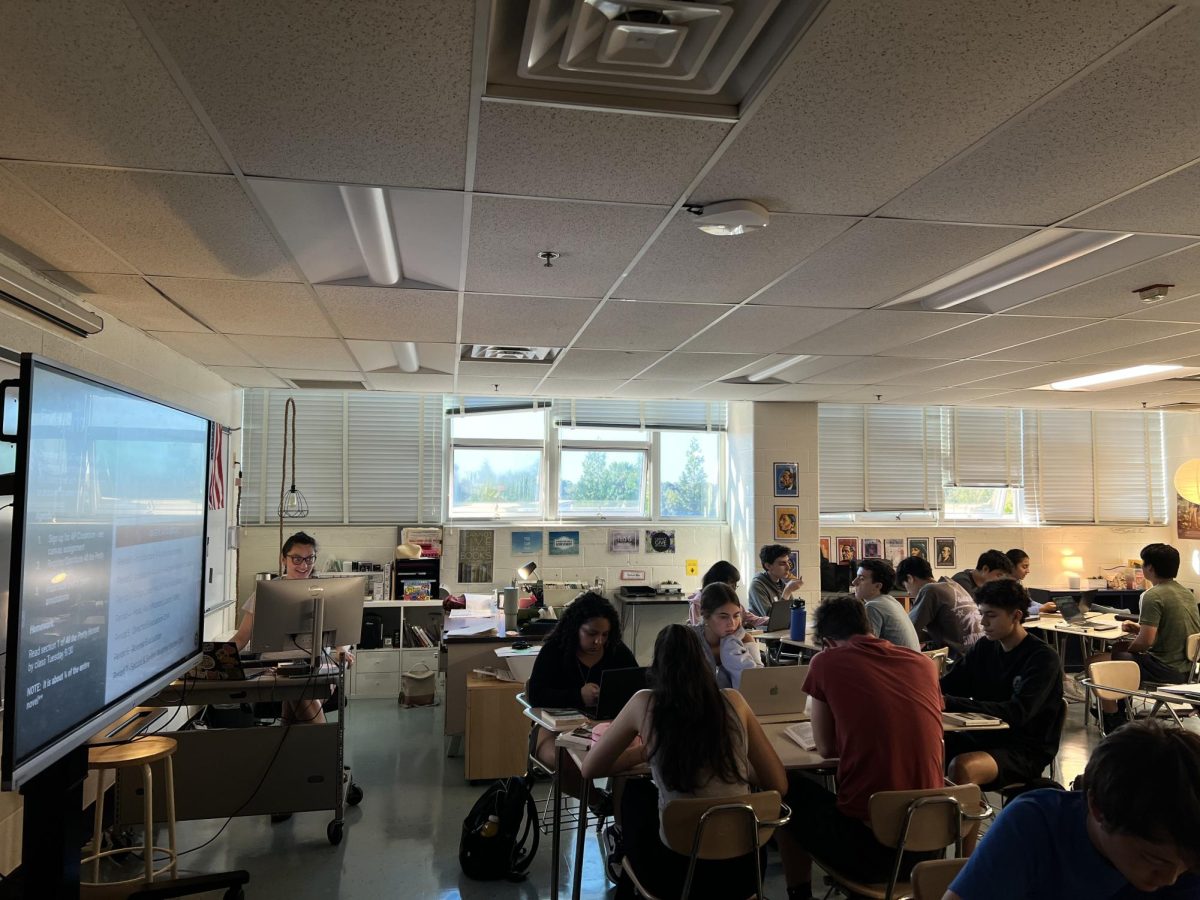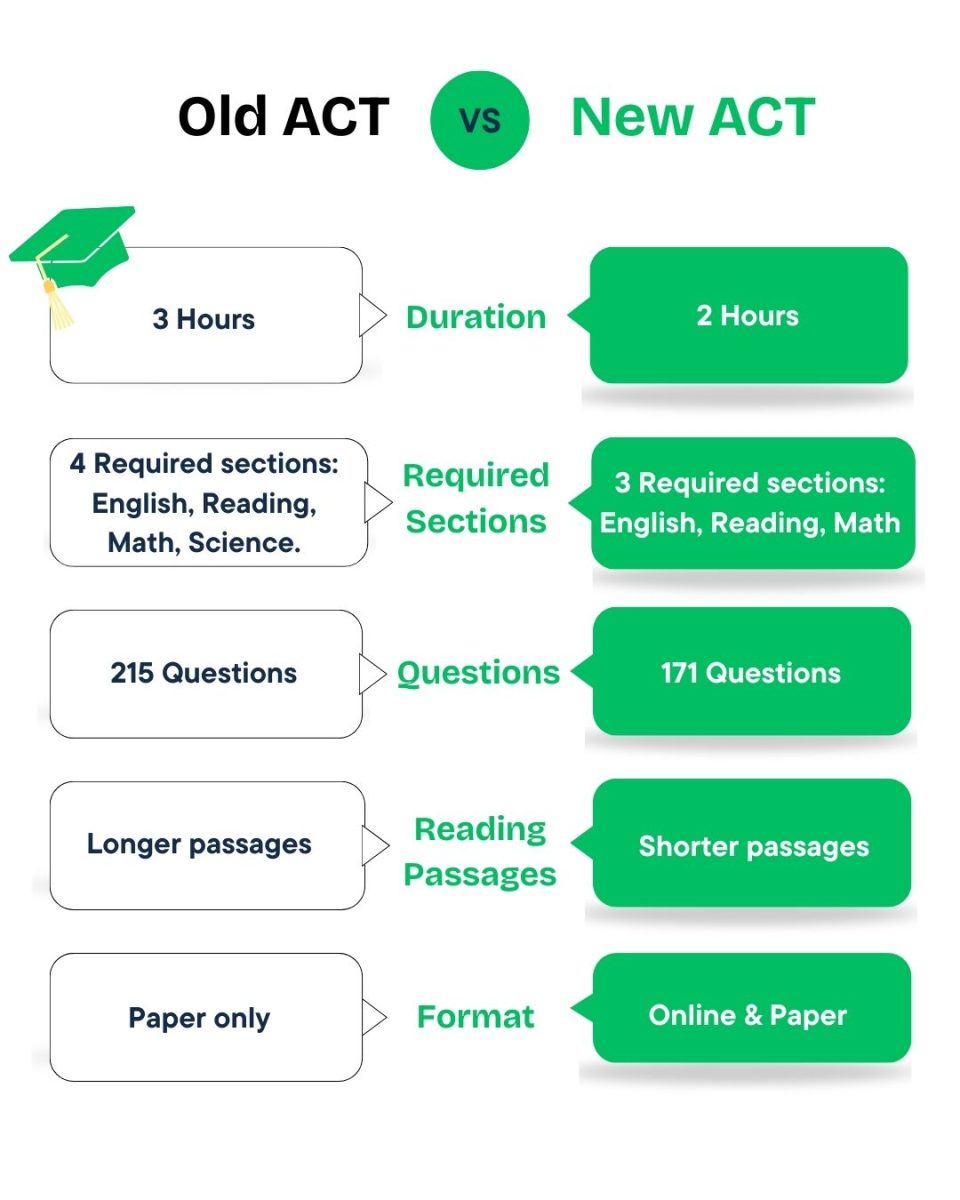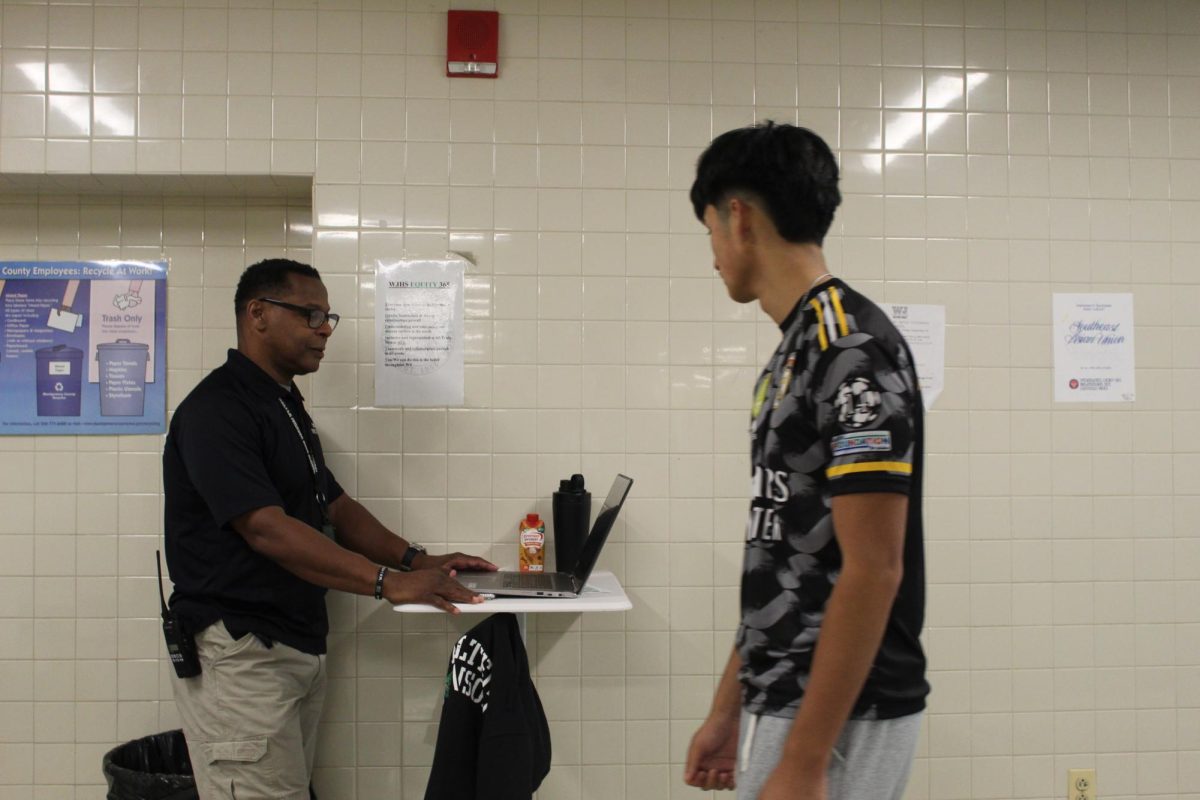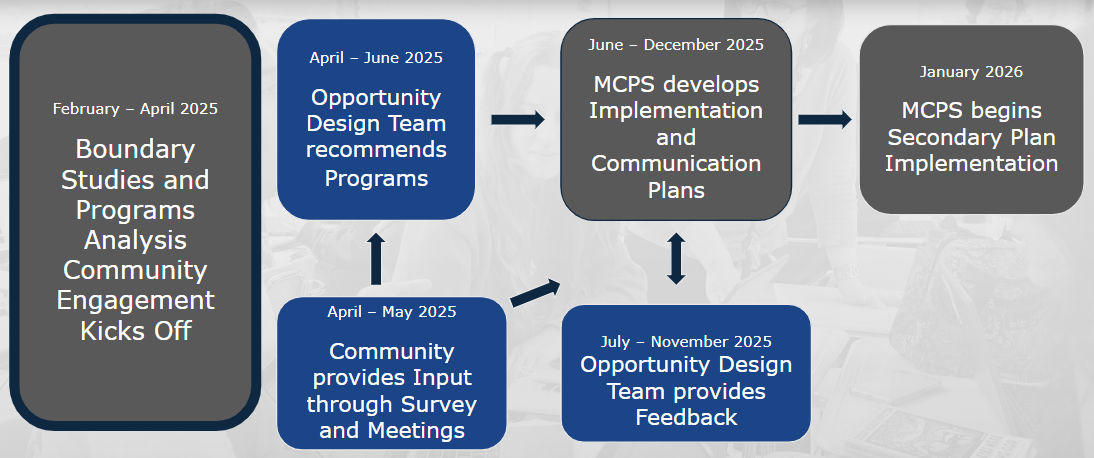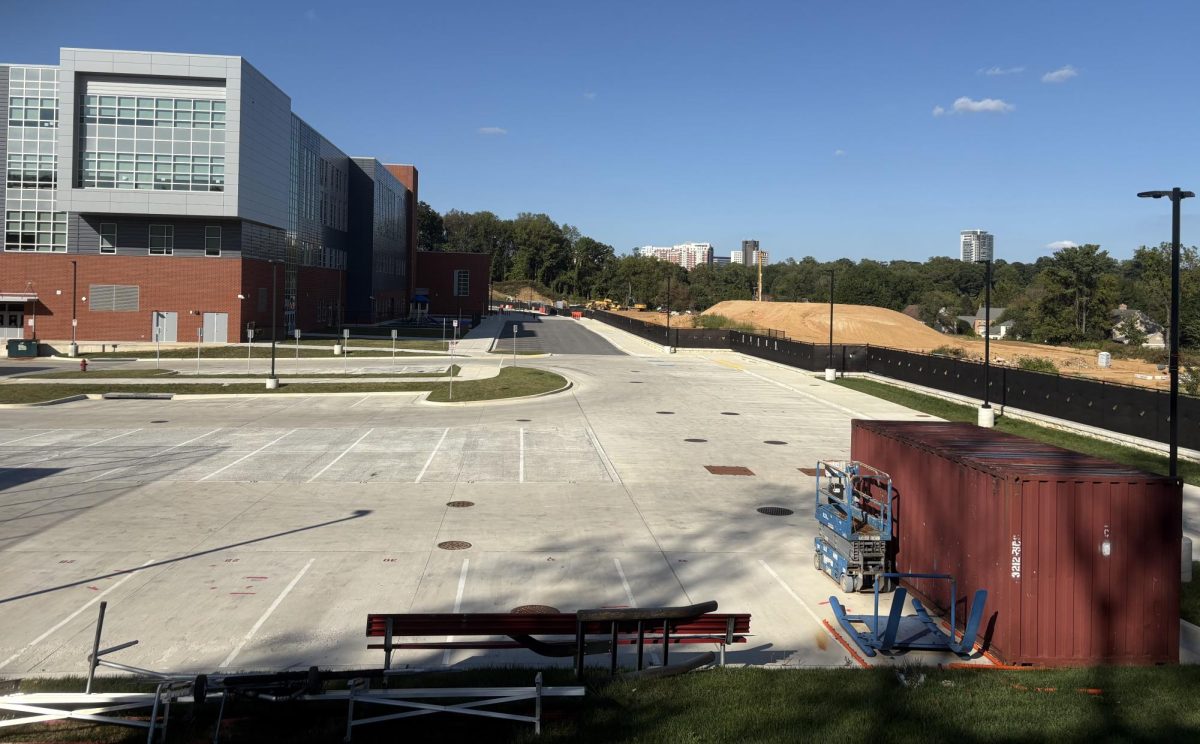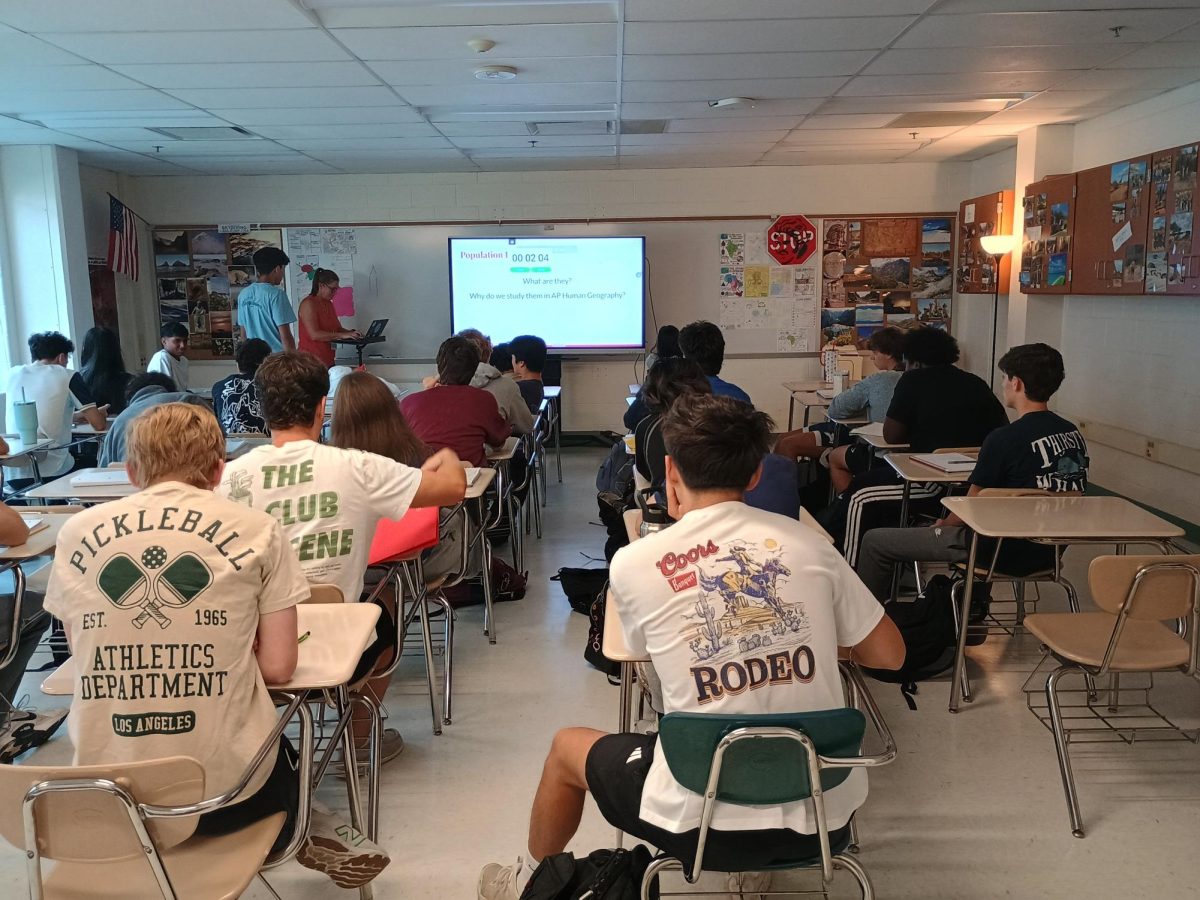On Tuesday, November 6, thousands of Americans will gather at their respective voting sites to elect new members to Congress. With a surge of youth activism in the past year after the Parkland shooting and various protests against President Trump, there’s a possibility that younger voters will have a higher turnout in this year’s midterm elections. In fact, many WJ students plan to participate.
“I’m voting because it gives me a voice and allows me to express my opinion. It’s important to exercise that right because we were given [it] for a reason,” senior Eric Whitescarver said. “Why let that opportunity go to waste?”
The events in the past year such as numerous school shootings, a fear for a possible overturn of Roe v. Wade and families being separated at the border have sparked calls to action among the youth. In California, more than 100,000 people under 18 years-old have registered to vote. According to Harvard’s Institute of Politics, there’s a marked increase in the number of young Americans who indicate that they will “definitely be voting” in the upcoming midterms.
However, youth activism hasn’t always led to higher voter turnout. Generation X, Millennials and Generation Z make up the largest majority of voting-eligible adults in the United States, but they have a track record of low turnouts in midterms. In the 2014 midterm elections, younger generations accounted for 53% of eligible voters, but only cast 36 million votes. This is 21 million fewer than the Boomer, Silent and Greatest generations.
Senior Drew Skilton has been a part of the midterm process since the primaries. Even though he isn’t old enough to vote, he still contributes in many ways, such as helping out at polls and campaigning for candidate David Blair during Montgomery County Executive Elections.
“Being involved is important in society and it’s not just about voting yourself. [It can also be about] assisting people in voting and helping people…navigate how to vote,” Skilton said.
This shows that there are many ways to participate in the midterm process other than voting, such as volunteering at polls and campaigning for a candidate. Even though a majority of young people aren’t the legal age to vote, there are still ways to contribute and be involved in the election process.
“Participating in the Election Day process and voting [are] the same kind [of contribution],” Skilton said.



